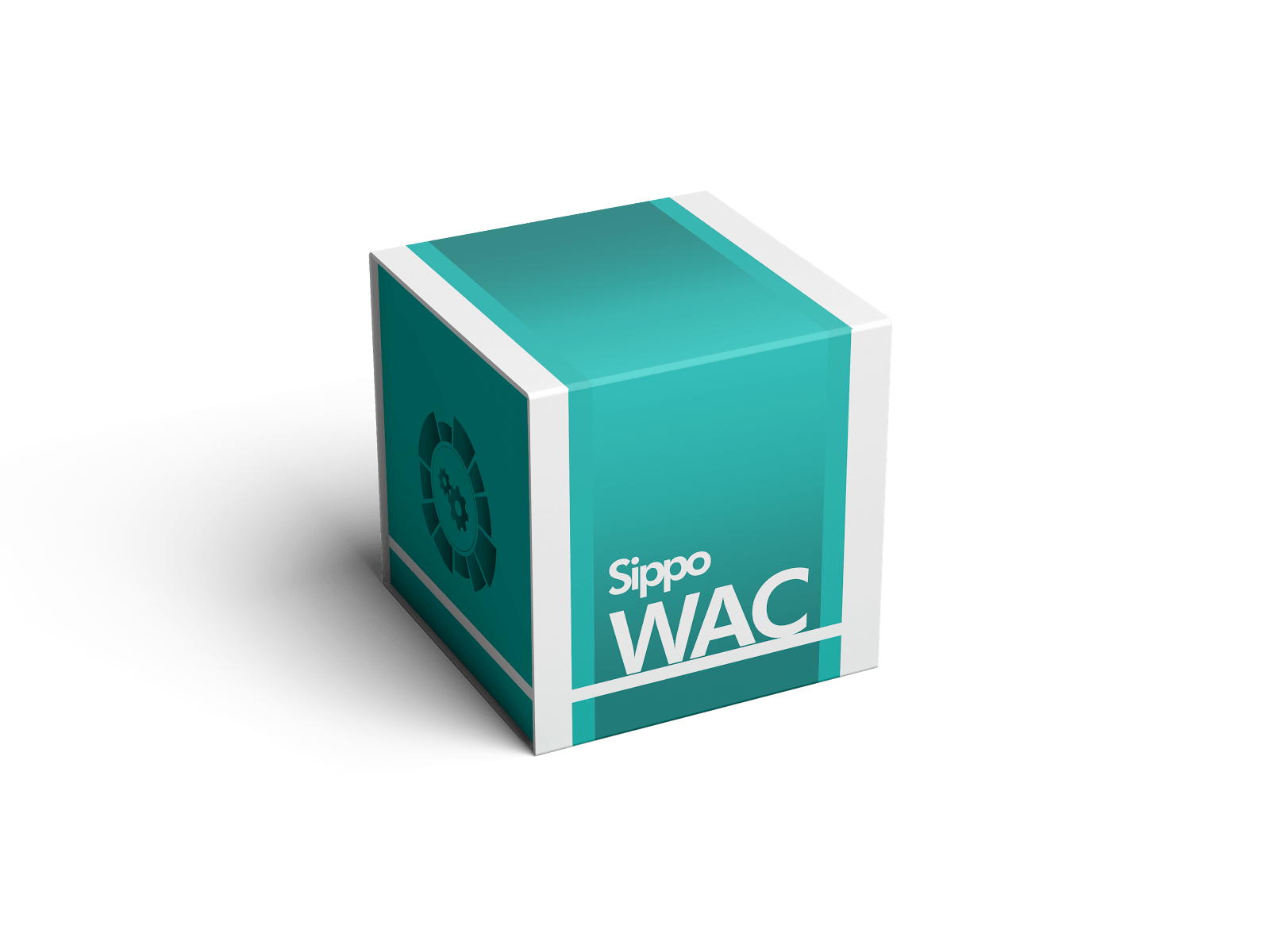What about Sippo release v3.1
More than a year has passed, but the new release of Sippo is almost ready. Quobis was involved on some important projects where we learned and improve our product. Now all these features and technology improves are ready to be exploited by our partners. After go a little more in detail about each aspect of the release, it is important to explain the big picture. What’s behind the Sippo v3.1? Well, there is an internal WAC re-structure, a redefinition of the dialog between the SippoSDK and the WAC and fully refurbished of the Sippo Web Collaborator. You will be really surprised with the new version!
Sippo WAC
Sippo WAC provides now a complete clustering structure and the ability to be broken on multiple services, making it a more flexible tool on the architecture design. Recent projects force us to test and design the system for up to 70k concurrent calls. The inclusion of a signaling abstraction component allow the Sippo WAC to handle now multiple dialog paradigms, expanding the vendor coverage and providing a new way to handle push notifications and event integrations based on PSTN interconnections.
Sippo SDK
The news on the Sippo SDK are based on the previous commented improves. The abstraction allow us to create native components and SDKs for more platforms. As a result, two new vendors are now into the interconnection portfolio (Janus and Tokbox), and, in the other way, more platforms supported. One of these technical improves is the Safari support. For the WebRTC world, is a shaking new, and the integration as other big companies, have it’s own implications. But Safari 11 it’s on the house and Sippo is working with it.
Sippo Web Collaborator
As commented on the SippoSDK section, the big new here is the Safari 11 support. But there’s much more. The room concept is reviewed and the video and audio layout is new. The chat with multiple peers was reviewed and easier now. And, the inclusion of the chat on the left side improves the user experience and the flow on mobile devices. Also the new SDKs and performance enhances makes it a much more suitable application for mobile devices. Push notifications, second task recovery, etc. The mobile experience is completely refreshed.
Sippo Click to Call
The Click to Call software is an abstraction of the SippoSDK, so all that was developed there have a direct relation with this product. So now the customer enhancing solutions are revolved. Now is capable to prevent more and more potential errors (bandwidth, platform, permissions, etc), since the integrations of the WAC allow us to attach the WebRTC technology to the omni-channel paradigm. But what about candies and new features? The OCR integration to implement the onboarding solutions as a bundle or the partial (on-demand) recording are some of them. Add to the list the following new use cases and combinations with the already existing ones..
- Context evaluation Improved context evaluation, now with generic object overlay. Capable to overlay a 3D canvas over the remote image.
- Fullscreen C2C and only screen-sharing session For those looking for UX simplicity. Think on a user having a phone conversation, receives an SMS, tap and join his camera to the existing call while the audio is sent to the front speaker.
- Co-browsing new possibilities It is possible to transmit pointing actions to the other side using data channels, so security and co-browsing could be on the same position. Combined with the screen-sharing session the customer could receive direct help when contacting via phone or chat with support.








